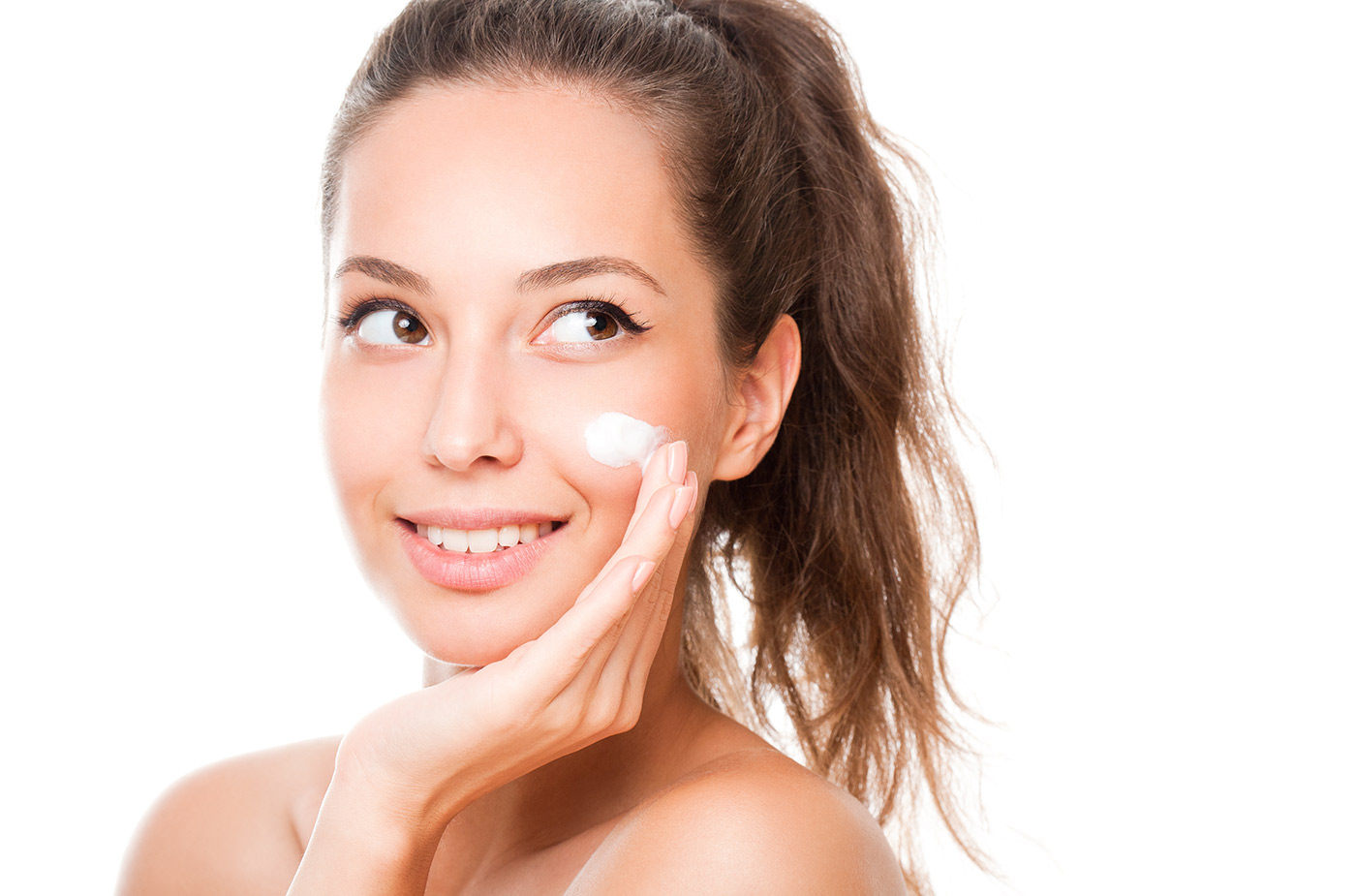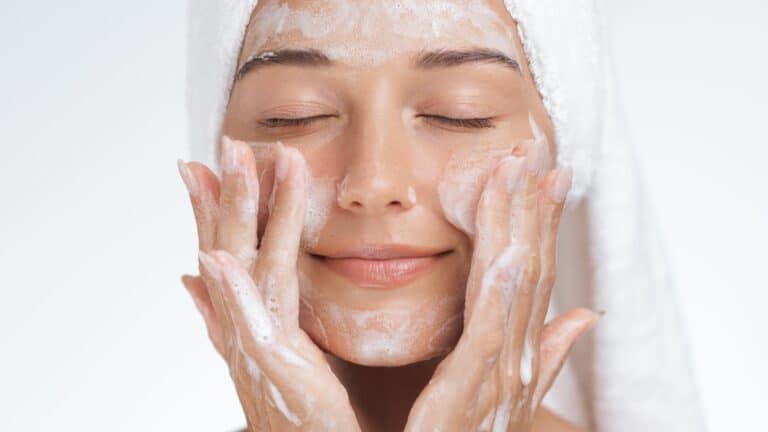When temperatures dip, we start shopping for coats and sweaters to protect us from the elements. Experts say we should think about skincare the same way. “Dryness is the biggest problem—everyone, even those with oily skin, is susceptible to the drying effects of a winter climate,” says dermatologist Patricia Ceballos, MD, at Schweiger Dermatology Group’s New Rochelle, NY, location. Here’s why: Humidity lessens in cool weather, leaving skin vulnerable to transepidermal water loss—a condition that causes water to evaporate from the skin, leaving your face dry, dull, rough and flakey. And coming in from the cold doesn’t help, as indoor heat sucks moisture out of the air.
Simply adding a few key products (and tweaking your application techniques) will ensure your skin stays gorgeous all winter long.
Shorten your showers.
There’s nothing like a long, warm bath or shower after a cold-weather run or skiing. The problem is, hot water and soap strip skin of its natural oils. The longer you linger under the showerhead, the drier your skin will be—so take lukewarm showers, suggests dermatologist Mitchell J. Ross, MD, of Greenwich Medical Spa in Greenwich, CT, and keep them under five minutes.
Apply products while skin is still wet.
“Think of your skin like a wet sponge wrapped in Saran Wrap. In the winter, the Saran is broken,” says dermatologist Neil S. Goldberg, MD, who has practices in White Plains and Bronxville. When skin is wet, a moisturizer can pinch hit for the Saran by sealing in all of the moisture.
Slather on a better moisturizer.
Hyaluronic acid, also referred to as sodium hyaluronate, is the MVP of hydrating ingredients. It attracts moisture to the skin and traps it there (each hyaluronic acid molecule can hold 1,000 times its own weight in water). You want a moisturizer that contains more than one size of hyaluronic acid molecule, says Lynne Haven, MD, a dermatologist in Greenwich.
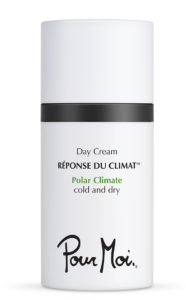
Pour Moi’s Polar Day Cream ($35) is formulated for cold, dry conditions—when temperatures are low (20°F to 45°F) and humidity sinks to between 5% and 45%. It contains three sizes of hyaluronic acid molecules (large molecules that grab water from the atmosphere and small and medium ones that penetrate deep into the epidermis to steal water that’s been stored from the drinks and foods we consume). It also packs squalane oil, which helps skin stay hydrated in indoor heat, and shea butter, which creates a barrier to protect skin from winds and frost.
Layer on a serum.
Serums are highly concentrated and super lightweight so they can delve deep down into the skin. Hyaluronic acid should be the star ingredient in your serum as well as your moisturizer. In addition, Ceballos says to look for ingredients like peptides (proteins that promote healthy, youthful skin), antioxidants like vitamin C, tocopherol, resveratrol, and niacinamide, and other moisturizers like Vitamin B5 and glycerin. Try SkinCeuticals Hydrating B5 Gel serum ($82), which combines hyaluronic acid with vitamin B5.
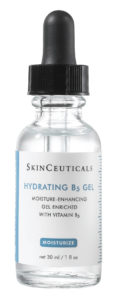
Keep using sunscreen.
Winter days are short and gloomy, but UV rays can still sneak through. So cover up with gloves, hats and scarfs—and apply sunscreen to any remaining bare skin. Ross is a fan of eltaMD UV Daily Broad Spectrum SPF 40 ($27), a sunscreen packed with hyaluronic acid.
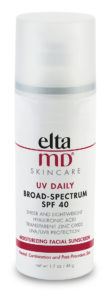
Consider retinol.
Retinol is an anti-aging ingredient that boosts collagen production, smooths skin and evens out pigmentation. It doesn’t like sunshine (it breaks down in sunlight), which is why most people only use it at night. Being indoors all winter allows you to apply retinol in the morning instead (you can only use retinol once a day—either in the morning or at night). However, “you need to layer SPF over it,” says Diane Madfes, MD, a dermatologist in New York City and Greenwich. “You can get incidental UV exposure walking down the street and through your windows.”
However, if the retinol is aggravating your already irritated dry winter skin, cut back your usage to every other day or a couple times a week. Try Skin Better AlphaRet Overnight Cream ($110) if you have sensitive skin; those with normal skin should go for RoC Retinol Correxion Deep Wrinkle Daily Moisturizer with Sunscreen Broad Spectrum SPF 30 ($16.79).

Ease up on exfoliation.
“I tell patients to decrease their exfoliation to once every two weeks during the winter,” says Madfes. When you do exfoliate, opt for a gentle mask that contains oatmeal or mild lactic, glycolic, or alpha hydroxy acids. Try Peter Thomas Roth Pumpkin Enzyme Mask ($58).
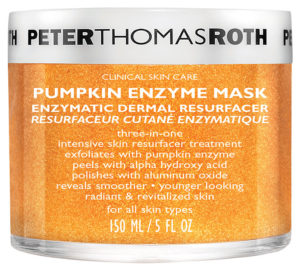
Try a peel instead.
Serious exfoliation is best left to the pros, who use chemical peels, which “can actually hydrate skin by removing the top epidermis layer so treatment products can penetrate better,” says Ross. He says peels can also create new collagen, which makes the skin thicker and healthier. Try the Glycolic Peel at Greenwich Medical Spa ($150). It requires no downtime, but creates a new, plump layer of skin.
Apply a hydrating mask.
“Hydrating masks form a barrier on the skin, increasing absorption of water. They are often saturated with antioxidant serums to increase the concentration in your skin,” says Madfes. Look for a sheet or gel mask containing hyaluronic acid and apply it twice a week. “I love how soft the skin feels after,” adds Madfes. Try Garnier SkinActive Moisture Bomb Super Hydrating Sheet Mask ($4).
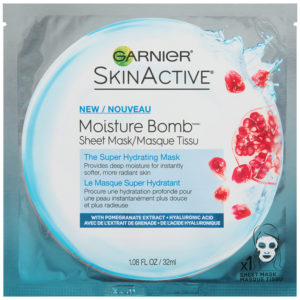
Choose a gentler cleanser.
“Most people overcleanse,” says Goldberg. Cleansers remove the layer of oil off the top of the skin along with dirt, which leaves skin rough and dry. So choose a gentle, fragrance- and alcohol-free product and cleanse just at night. Try Cetaphil Daily Facial Cleanser ($12.49). “It’s the only cleanser that moisturizes while it cleans,” says Goldberg.
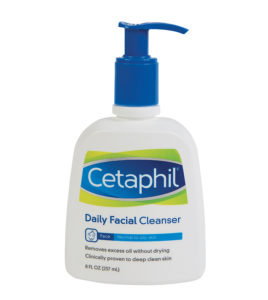 Don’t forget your body!
Don’t forget your body!
After showering, immediately douse your body from head to toe with a moisturizer that contains ceramides, says Haven. These are naturally occurring lipids (fats) that help strengthen the skin barrier and trap moisture. Try CeraVe Moisturizing Cream ($13 for 12 ounces, target.com).

